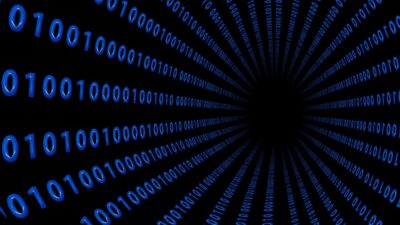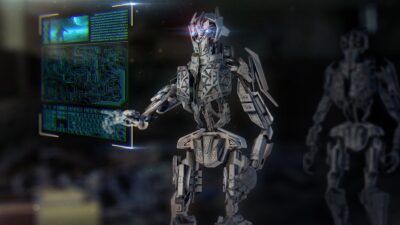Artificial Intelligence (AI) has made significant strides over the past few decades, evolving from simple rule-based systems to sophisticated algorithms that can learn from data. Among the most transformative advancements in this field are deep learning and traditional AI. While both approaches aim to replicate human-like intelligence, they differ fundamentally in their methods, capabilities, and applications. This article explores these differences and highlights what sets deep learning apart from traditional AI.
Understanding Traditional AI
Traditional AI, often referred to as "symbolic AI" or "good old-fashioned AI" (GOFAI), primarily relies on logic and rule-based systems. These systems use predefined sets of rules to make decisions and solve problems. Common applications include:
-
Expert Systems: These are designed to emulate the decision-making abilities of a human expert in specific domains, such as medical diagnosis or troubleshooting technical issues.
-
Rule-Based Systems: These rely on pre-programmed rules to perform tasks. For instance, they can follow a sequence of steps to sort data or categorize information.
- Search Algorithms: Traditional AI often utilizes algorithms like A* or breadth-first search to find solutions to problems by exploring possible paths systematically.
Strengths of Traditional AI
-
Interpretability: Traditional AI models often produce clear, interpretable outputs based on specific rules, making it easier for users to understand the reasoning behind decisions.
-
Less Data-Intensive: These systems can function effectively with much smaller datasets compared to deep learning models, which typically require vast amounts of data to learn effectively.
- Maturity: The techniques of traditional AI have been well-studied and are often more reliable in certain applications, especially where knowledge can be explicitly represented.
What is Deep Learning?
Deep learning is a subset of machine learning that employs neural networks with multiple layers—hence the term "deep." These networks are inspired by the structure of the human brain and are capable of automatically learning to perform tasks directly from raw data. Deep learning has surged in popularity due to its success in various complex applications, including:
-
Image and Speech Recognition: Deep learning models have excelled in recognizing images and transcribing speech, achieving human-like accuracy.
-
Natural Language Processing (NLP): Tasks such as language translation, sentiment analysis, and chatbots have significantly improved due to deep learning architectures like Transformer models.
- Generative Tasks: Techniques like Generative Adversarial Networks (GANs) enable the creation of new content, including images, music, and even text.
Strengths of Deep Learning
-
Feature Extraction: Deep learning models can automatically extract relevant features from raw data, eliminating the need for manual feature engineering. This is particularly beneficial in tasks like image classification or audio processing.
-
Scalability: These models can scale effectively with an increase in data, often exhibiting better performance as more training data becomes available.
- Performance: In many domains, deep learning models have outperformed traditional AI techniques, particularly in tasks involving high-dimensional data.
Key Differences Between Deep Learning and Traditional AI
-
Data Dependency:
- Traditional AI: Requires less data; can operate with well-defined rules and small datasets.
- Deep Learning: Needs large amounts of labeled data to learn effectively, allowing the model to discern patterns.
-
Learning Method:
- Traditional AI: Utilizes symbolic reasoning and explicit programming through rules.
- Deep Learning: Employs hierarchical structure and backpropagation to learn representations from raw data.
-
Complexity:
- Traditional AI: Often simpler and easier to interpret; focuses on specific tasks with clear logic.
- Deep Learning: Deals with higher complexity, often acting as a “black box” where interpreting how decisions are made can be challenging.
- Computational Power:
- Traditional AI: Can run on modest hardware and is less demanding in terms of computational resources.
- Deep Learning: Requires substantial computational power, often leveraging GPUs and specialized hardware for training large models.
Conclusion
Both deep learning and traditional AI have their unique strengths and weaknesses, making them suitable for different applications. Traditional AI shines in cases requiring interpretability and smaller datasets, whereas deep learning excels in complex tasks that can leverage vast amounts of data for pattern recognition. As the field of AI continues to evolve, understanding these distinctions will be crucial for practitioners and businesses looking to implement effective AI solutions. Balancing the benefits of both approaches could pave the way for more robust and adaptable AI systems in the future.



